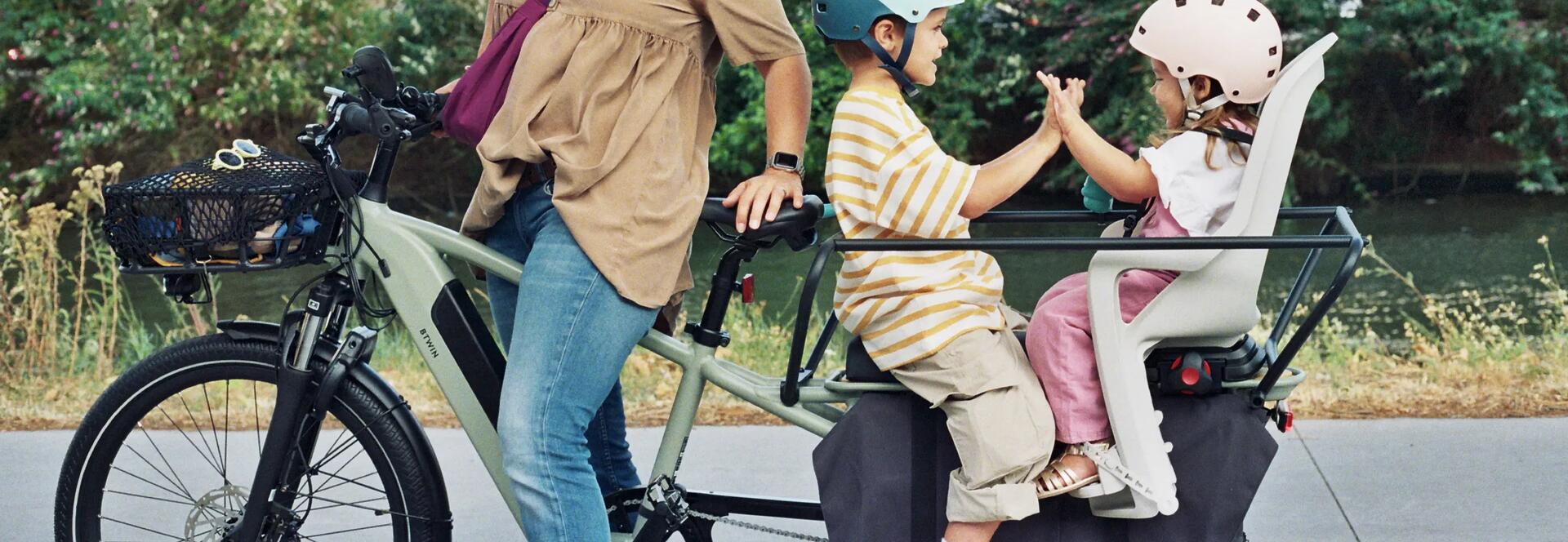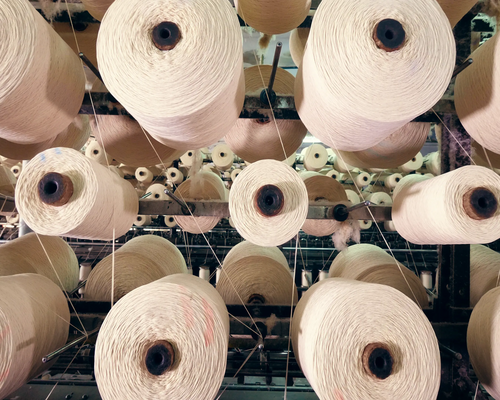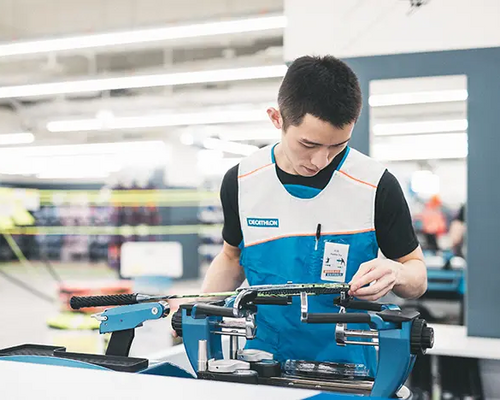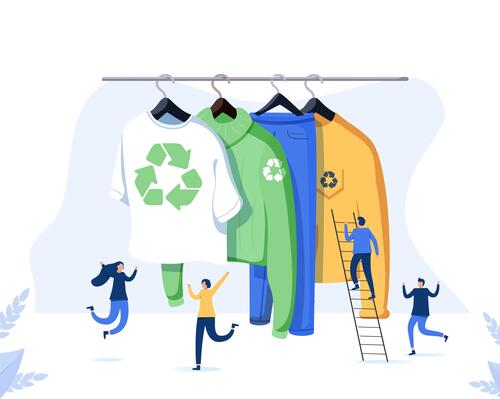How are avoided emissions calculated?
After having identified the solutions, i.e. the products and services allowing decarbonization, there are 3 steps to follow:
1/ Calculate the emissions of the solution
Let's take the example of the cyclist who buys a bike from Decathlon to ride his bike to work. In this case, we will count the emissions related to raw materials, production, transport, packaging, use (if it is an electric bike) and end of life of this bike. The sum of the emissions throughout the life of the bike represents the emissions of the solution.
2/ Calculate the baseline scenario
The baseline scenario reflects the most likely situation that would have occurred in the absence of the low-carbon solution. In our case, the reference scenario is the use of the thermal car. According to a study by ADEME, people who have bought a muscle bike declare that they have substituted a part of their car journeys with journeys by bike. On average, according to the same study, 929 km are substituted per year when purchasing a muscle bike and 1817 km per year when purchasing an electric bike.
3/ Calculate the avoided emissions
The avoided emissions are the difference of the emissions produced by each scenario.
It is as simple as that, so we obtain: avoided emissions = reference scenario - solution scenario
And there you have it, we get the avoided emissions of a solution compared to a reference scenario.
You should NEVER subtract the avoided emissions from the direct and indirect emissions, i.e. from the carbon footprint. It would be like adding potatoes and carrots, they are two different measures and therefore impossible to add.









